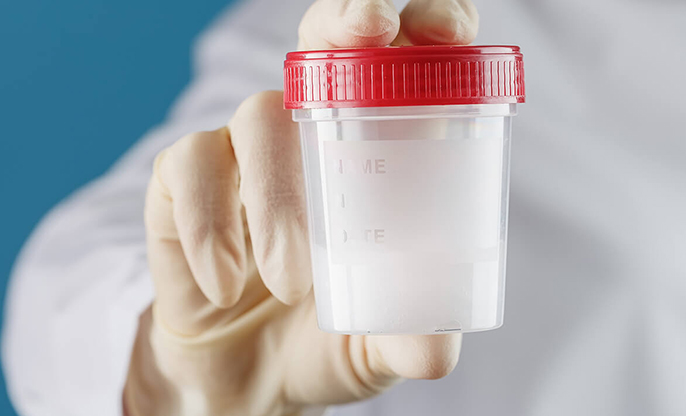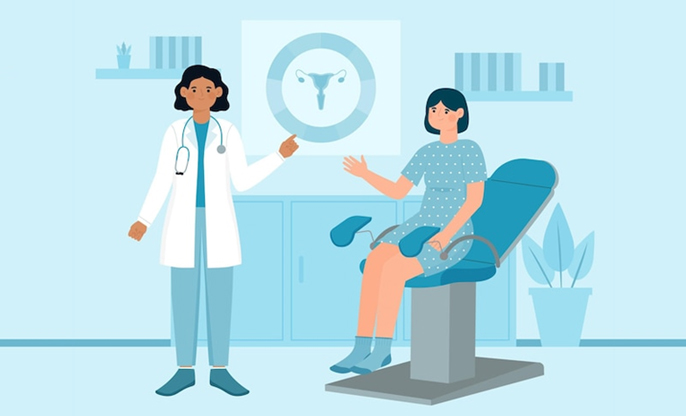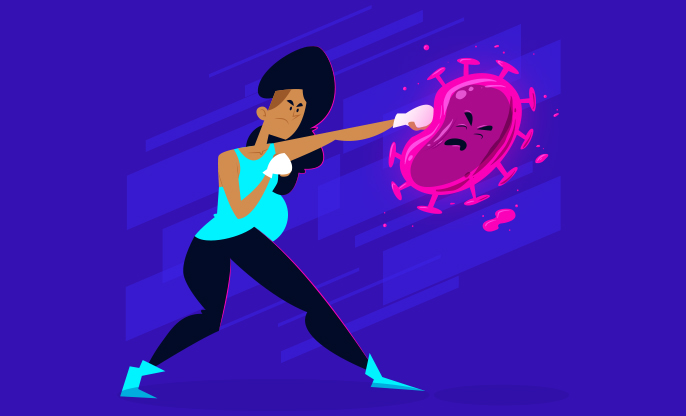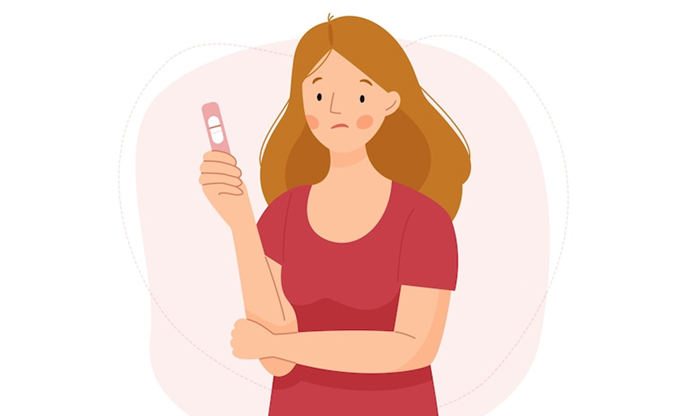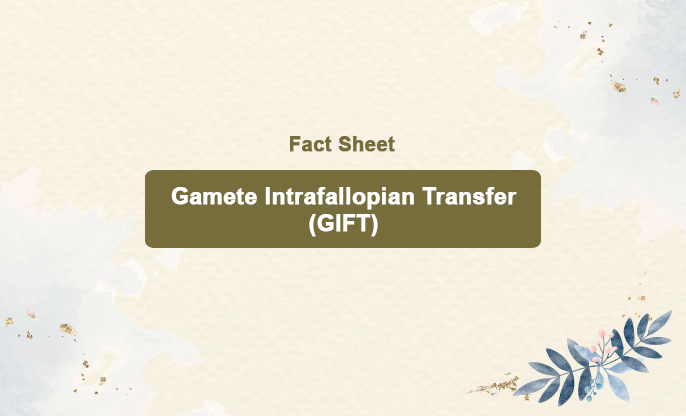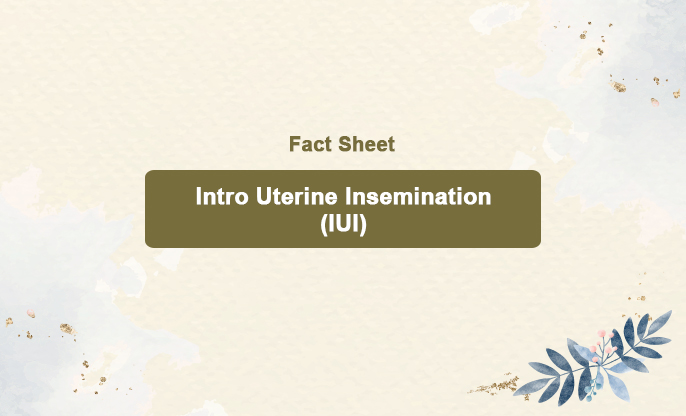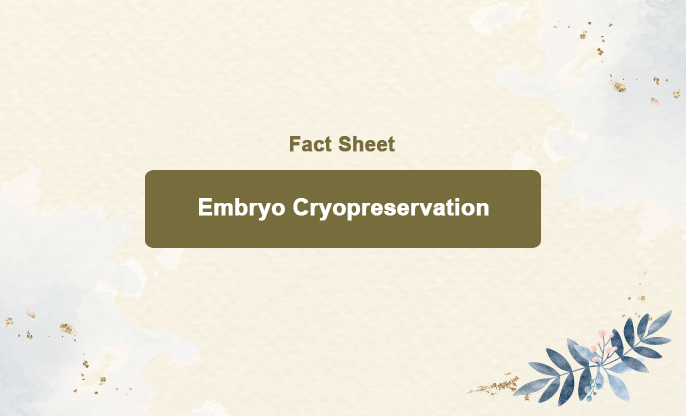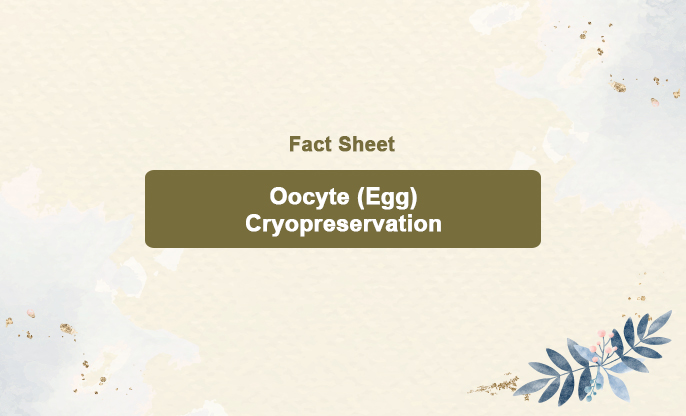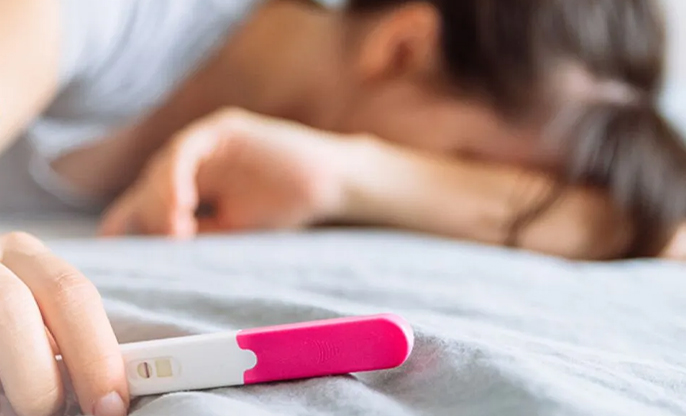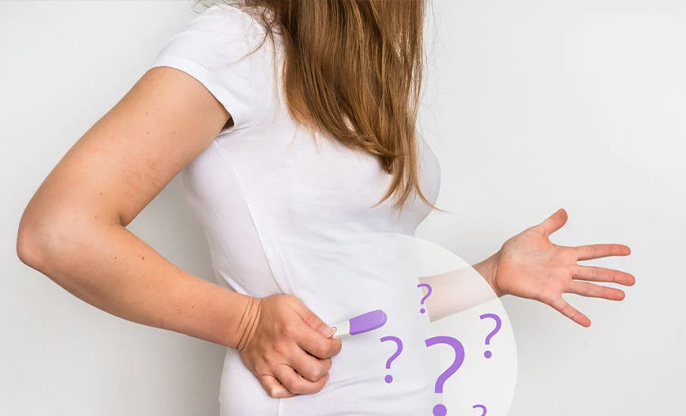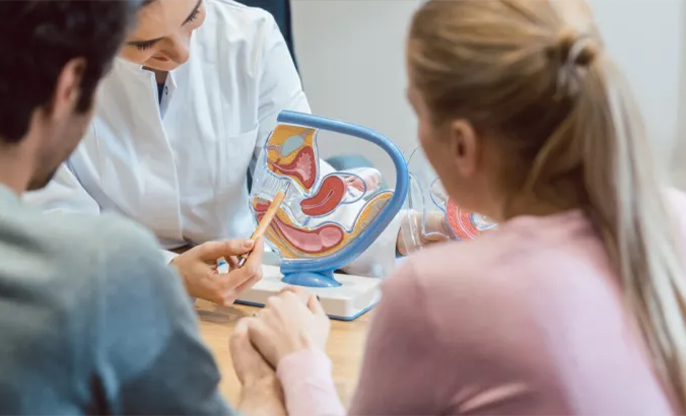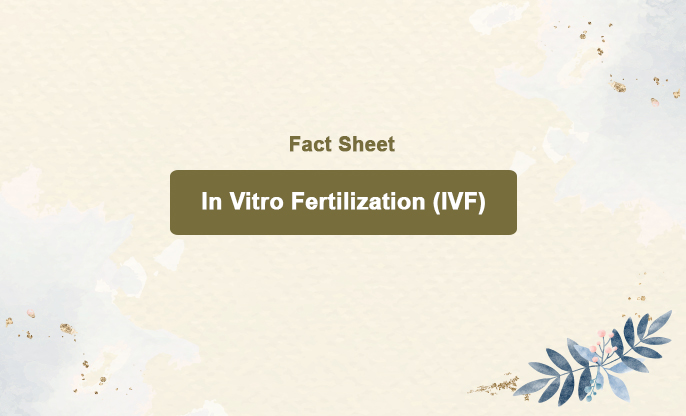
What is this?
In IVF, an individual's eggs are fertilized with sperm "in vitro," a Latin term meaning "in glass." This indicates that fertilization happens outside the body, in a laboratory dish under controlled conditions. IVF is the most common form of assisted reproductive technology (ART).
In vitro fertilization (IVF) is a procedure that helps individuals or couples conceive. An IVF cycle involves several steps:
Ovarian Stimulation: The patient takes fertility drugs to stimulate the ovaries to produce multiple eggs. (If donor eggs are used, this step may be skipped.)
Egg Retrieval: The eggs are collected from the ovaries.
Fertilization: The eggs are fertilized with sperm in a laboratory petri dish.
Embryo Transfer: One or more fertilized eggs (embryos) are transferred to the patient’s uterus. Pregnancy occurs if the embryo attaches to the uterine lining and develops over nine months until birth.
The success rate of IVF is influenced by the age of the person or egg donor, as younger individuals typically have a higher number and quality of eggs. Multiple IVF cycles may be needed to achieve pregnancy, but in some cases, pregnancy may not occur even after several attempts.
Why is it done?
IVF treatment is necessary for people with primary infertility (the inability to conceive naturally) or secondary infertility (the inability to conceive after previously conceiving naturally). Infertility may result from underlying conditions in either the female or male partner, or both.
Other procedures and interventions needed:
Controlled Ovarian Stimulation:
The IVF cycle begins with ovarian stimulation. Various protocols can be used, ranging from no stimulation to different levels of stimulation using medications like clomiphene citrate, letrozole, and exogenous gonadotropins (FSH and luteinizing hormone (LH)). Gonadotropin-releasing hormone (GnRH) analogs are used in IVF cycles to prevent the LH surge, allowing precise timing for egg retrieval. Follicular growth is monitored through transvaginal ultrasound, and blood levels of estradiol (E2) help guide any necessary adjustments to the stimulation protocol.
Ovarian stimulation is performed in most IVF cycles to retrieve approximately 10 to 20 oocytes.
Oocyte Retrieval
Regardless of the stimulation protocol, mature oocytes are retrieved 34 to 36 hours after administering hCG. The retrieval process is done using ultrasound-guided transvaginal aspiration with intravenous sedation. A vaginal ultrasound probe is used to visualize the ovaries, and an attached needle guide helps the physician accurately direct the needle into each follicle to aspirate the oocyte and follicular fluid.
Embryo Fertilization
Fertilization of the oocytes is achieved through insemination or ICSI (intracytoplasmic sperm injection). The semen sample is prepared by isolating the sperm through density centrifugation and washing it in a high-protein medium to promote capacitation, a necessary process for sperm to become capable of fertilization. During insemination, 50,000 to 100,000 sperm are incubated with an oocyte for 12-18 hours. In cases of male factor infertility, ICSI may be used, where a single immobilized sperm is directly injected into the oocyte. This method bypasses the need for the sperm to penetrate the zona pellucida, the glycoprotein layer surrounding the oocyte.
Embryo Transfer
Fertilized embryos are transferred either at the cleavage stage (3 days after fertilization) or the blastocyst stage (5 days after fertilization). Blastocyst transfers offer higher live birth rates per cycle with fewer embryos, reducing multiple gestation rates, but fewer embryos may be available due to loss in culture.
Embryo transfer is performed under transabdominal ultrasound guidance using a catheter through the cervix, placing embryos 1 to 2 cm from the uterine fundus. The catheter is checked to ensure no embryos are retained. The number of embryos transferred depends on their stage, quality, maternal age, and patient preference
Progesterone supplementation is started on the day of oocyte retrieval or embryo transfer to enhance implantation and pregnancy continuation. Excess high-quality embryos are cryopreserved for future use.
Efficacy:
IVF has been successfully used for over four decades, resulting in the birth of over 10 million babies worldwide.
Special Interest:
IVF is of special interest in cases of primary infertility (inability to conceive naturally) and secondary infertility (inability to conceive after a previous natural pregnancy). It addresses underlying conditions affecting fertility in either the female or male partner, or both.

